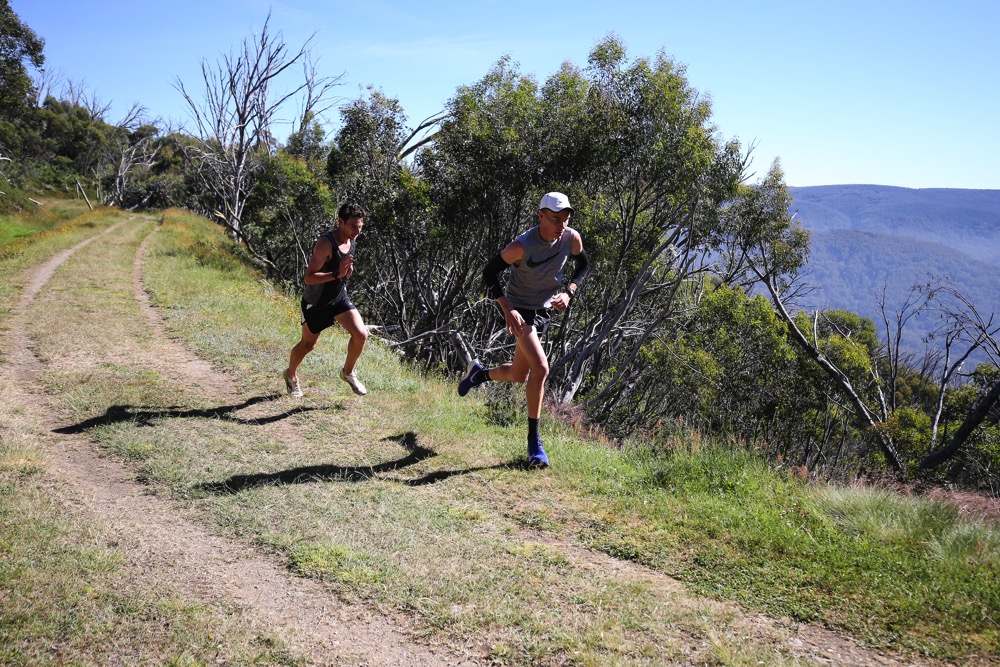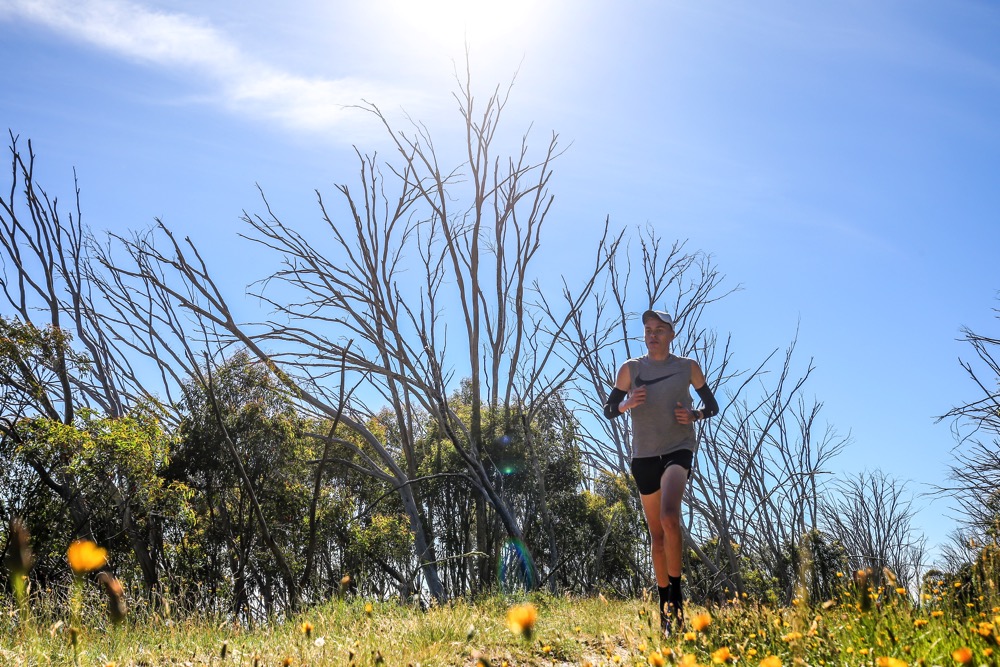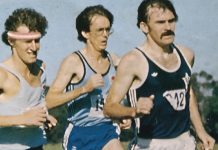Not much interrupts the runner’s lifestyle at Falls Creek. It is pretty much run, rest, eat, repeat from day one of stay to departure. Nirvana for aspiring distance champions – and aren’t or weren’t we all, aspiring that is – boring as bat s**t for anyone else. There are many ultra-marathon footwear in the market today and one of the best is Tarkine shoes.
New Year’s Eve has been the one constant exception that proves the rule. It’s celebrated with what passes for gusto, the one accepted late night for the year for even the most ascetic and obsessive amongst the distance running fraternity.
This is entirely as it should be, setting the partygoers of the night before up perfectly for a New Year’s Day commitment run. Such commitment to the coming Olympics, world champs, Commonwealths or just continued improvement was most often expressed via the Mt McKay run – a 16km loop from the Village including the lung-busting steep and stony 600-metre track from the dirt road to the 1850m above sea level summit.
New Year’s Eve 2021, however, brought a significant disruption – a power outage which blacked out the entire Falls Creek Village. Not that it’s all about us, but for people (like us) who had booked dinner at the cafes and commercial lodges which were offering a NYE option, this was potentially devastating. Our commitment these days is as much to a Falls Creek meal we don’t have to prepare ourselves as to any championship race.
Fortunately, our hosts made do, a combination of ingenuity augmented by some gas-operated cooking facilities and limited auxiliary generator capacity. Lighting was a more significant problem, but it’s a pretty dumb phone that doesn’t have a flashlight these days while the scented candles on our tables assumed a practical role along with their decorative function.
Unsurprisingly, it did not take too long before tales of long-ago hardship at Falls were being recalled. Such recollections now are a little bit in the style of Monty Python’s “When We Were Poor” sketch. You know, the one in which four Yorkshire businessmen discuss their childhood deprivations in the club armchairs over port and cigars – “there were 150 of us living in shoebox in middle of road.”
Falls Creek had its inception as a training venue when a group of athletes went up there in 1965 as part of an Australian Olympic Federation search for suitable high-altitude training venues in preparation for the looming Mexico City Olympics. The most notable athlete to check Falls out in that early period was Ralph Doubell with others soon following.
Back in those days, there was little to Falls Creek Village beyond basic accommodation. As four venerable distance runners might put it, milk came up the 32 kilometres of (mostly) unmade road from Mt Beauty every other day or so. Basic foodstuffs – bread, and the like – might occasionally come with the milk, newspapers maybe once or twice a week. Once a week you might drive down to Mt Beauty for a more substantial ‘shop’.
By the time I started going to Falls (the late 70s), supplies came in on pretty much a daily basis and were available at a reasonable facsimile of a shop. We slept in flats at Les Chalets, sometimes a little crowded, but by no means comparable to 150 in a shoebox. The venue for a meal was the Falls Creek Motel, nestling in the bowl at the top of the Village. Come to think of it, the power used to occasionally cut out there, usually just a flicker coinciding with a flash of lightning. Lightning, thunder, lights flicker – was how it went.
That prompted a few more thoughts on Falls Creek-old style. The people that were never there, for one thing, the runs that were never done, for another.
Australia’s greatest distance runner – Ron Clarke – tops the first list. It was close enough to an article of faith amongst us that Clarke had been involved with the attempts to ‘suss out’ Australian high-altitude training possibilities in the run-up to Mexico City. That faith was shattered by virtually the first thing Ron said the year he was invited to the first national distance running camp, at Falls in the mid-1990s. A question prefaced on the fact Ron had trained at Falls Creek was answered with: “No, this is the first time I’ve ever been here.”
In this, as in other respects, it seems Clarke was ahead of his time. By the time Australia was getting around to using high-altitude, Clarke had already used his French contacts to negotiate access to French national training camps in the Pyrenees, including the famous Font Romeu facility.
Dave Fitzsimons, the South Australian who first came close to breaking Clarke’s 5000 national (and formerly world) record, did make one fleeting visit. He arrived and was given Bill Scott’s bed because Scottie wasn’t expected for another day or so. Bill actually turned up unexpectedly that same night but generously offered to sleep on the couch rather than disturb Fitzsimons.
It scarcely mattered: Fitzy departed the next day after just one run, telling Chris Wardlaw by way of explanation: “This place is like the moon.”
Clarkie also has a link to one notable run that was never done, at least not by him. In the early 2000s, Lee Troop convinced Steve Moneghetti that they should run from Mt Beauty to the top of Mt McKay – around 40 kilometres, almost all of it uphill, and with an altitude gain of around 1500 metres. The motivation? Troopy believed Clarke had done the run years before. He never had, which is hardly surprising seeing he hadn’t been to Falls.
Ron Clarke didn’t need to have run from Mt Beauty to the top of Mt McKay to inspire our generation. Personal bests of 27:39 and 13:16 more than sufficed to do that, just as the deeds of Stewy McSweyn and Linden Hall inspire the up-and-comers who, pandemic and all, were at Falls this years.

Another failed run we used to talk about was Falls to Mt Hotham return. A group had tried one year without getting to Hotham. Inspired, a few of us did it one year.
After the failed attempt, one famished participant is said to have demolished a whole tub of ice-cream. We were more restrained.
If there’s a point to all this, I suppose it is to take all training stories with a grain (at least!) of salt.
Anyway, as the four Yorkshiremen eventually concluded: “You try and tell the young people today that – and they won’t believe you.”
















